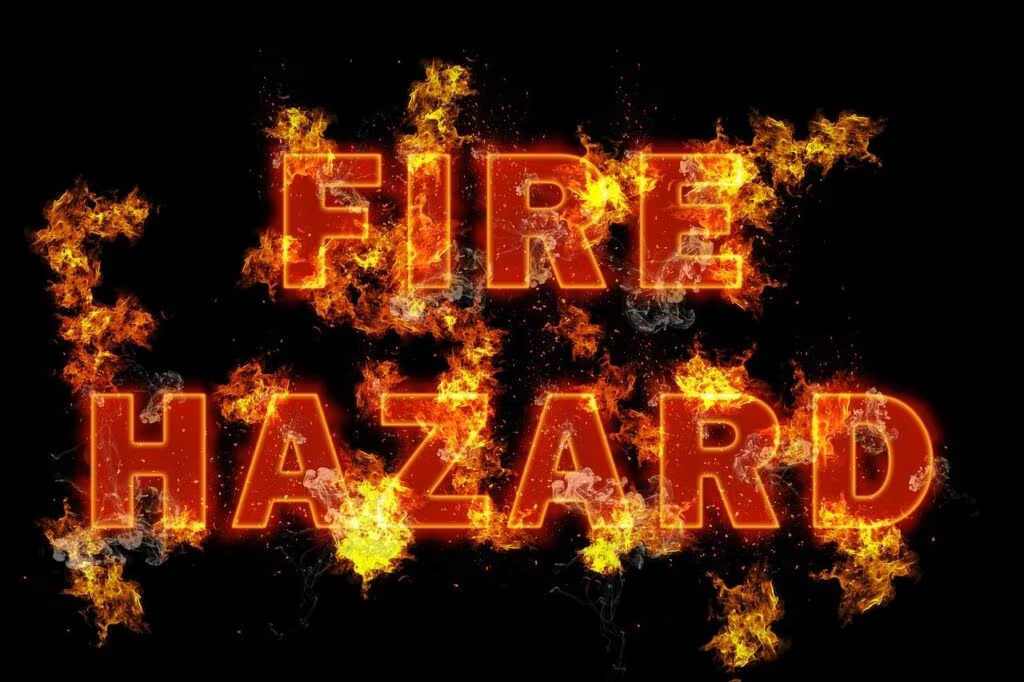Immediate Safety Alert for Rad Power Bikes Owners: Fire Risk Prompts CPSC Warning
The U.S. Consumer Product Safety Commission (CPSC) has issued a critical public warning urging consumers to immediately cease using specific lithium-ion batteries sold with or for Rad Power Bikes e-bikes. The warning stems from a severe fire hazard associated with the batteries, which poses a risk of serious injury or death.
This alert is highly unusual because it is a unilateral warning issued by the CPSC, rather than a voluntary recall agreed upon by the manufacturer. The CPSC has taken this rare step because Rad Power Bikes has refused to agree to a satisfactory, commission-approved recall plan, leading to the filing of an administrative complaint.

The Affected Products: Identifying the Hazardous Batteries
The warning applies specifically to certain lithium-ion battery packs manufactured for Rad Power Bikes. Owners must check their batteries immediately for the following model numbers:
- RP-1304
- HL-RP-S
These batteries were sold both individually, as replacement parts, and integrated into various Rad Power Bikes e-bike models. The affected units were sold over a significant period, from January 2017 through June 2022, through the company’s website, Amazon, and authorized dealers.
If you purchased a Rad Power Bike or a replacement battery during this timeframe, it is imperative to locate the model number printed on the battery casing to determine if your unit is affected. Approximately 100,000 of these hazardous batteries are estimated to be in circulation.
The Scope of the Danger: Incidents, Injuries, and Property Damage
The CPSC warning is based on concrete evidence of failure and danger. As of the CPSC’s filing, the agency had received at least 19 reports of the battery packs catching fire, overheating, or sparking.
These incidents have resulted in significant consequences, underscoring the severity of the hazard:
- One serious injury involving burns.
- Substantial property damage, totaling at least $2,200 in reported losses.
Lithium-ion battery fires are particularly dangerous because they can escalate rapidly due to a process known as thermal runaway. This occurs when a defect, damage, or manufacturing flaw causes the internal components of the battery cell to heat uncontrollably, leading to fire or explosion, which is extremely difficult to extinguish.
“The risk of serious injury or death is too high to ignore. Consumers must immediately stop using, charging, and storing these specific Rad Power Bikes batteries near flammable materials,” the CPSC stated in its official warning.
CPSC Takes Rare Administrative Action Against Rad Power Bikes
When a product presents a substantial hazard, the CPSC typically works with the manufacturer to initiate a voluntary recall, which allows the company to quickly offer remedies (repair, replacement, or refund) to consumers. However, in this case, the CPSC and Rad Power Bikes could not agree on the terms of a satisfactory recall.
This disagreement led the CPSC to take the extraordinary step of filing an administrative complaint against the company on December 20, 2023.

Understanding the CPSC Complaint Process
An administrative complaint is a formal legal action taken by the CPSC to force a company to conduct a mandatory recall. This process is initiated when the Commission determines that a product poses an unreasonable risk of injury or death and the manufacturer is unwilling to take adequate corrective action voluntarily.
This legal filing seeks to compel Rad Power Bikes to:
- Notify the public of the defect and hazard.
- Offer consumers a complete and effective remedy, such as a full refund or replacement of the hazardous batteries.
Until a resolution is reached through this legal process, the CPSC’s public warning remains the primary mechanism for protecting consumers from this known hazard.
Immediate Action Required for Owners of Affected Batteries
Given the severe and immediate risk of fire, the CPSC urges all consumers who own batteries with model numbers RP-1304 or HL-RP-S to take the following steps immediately:
1. Stop Use and Charging
- Do not use the e-bike with the affected battery installed.
- Do not charge the affected battery under any circumstances.
- Do not attempt to repair or tamper with the battery pack.
2. Safe Storage
- Move the battery to a safe location, away from all flammable materials, including furniture, carpets, wood, and paper.
- Store the battery in a cool, dry place, ideally in a detached garage, shed, or outdoors, away from living spaces.
- Do not store the battery near exit doors or in areas that could block escape routes in case of fire.
3. Contact Rad Power Bikes
- Consumers should contact Rad Power Bikes directly to inquire about the remedy process. While the CPSC is pursuing a mandatory recall, the company is expected to provide information regarding potential replacements or refunds.
Note on Disposal: Lithium-ion batteries must never be disposed of in household trash or recycling bins. If the battery is damaged or you need to dispose of it, contact your local municipality or a certified battery recycling center for guidance on safely handling hazardous waste.
Broader Context: E-Bike Safety and Lithium-Ion Risks
This incident highlights the growing regulatory scrutiny surrounding lithium-ion batteries, particularly those used in micromobility devices like e-bikes and e-scooters. As e-bike usage has surged, so too have reports of catastrophic battery failures.
Experts note that battery fires are often linked to manufacturing defects, the use of non-certified or aftermarket chargers, or physical damage to the battery casing. The CPSC has been increasingly vocal about the need for manufacturers to adhere to robust safety standards, such as those established by Underwriters Laboratories (UL), to prevent thermal runaway events.
For consumers, this means prioritizing products that carry independent safety certifications and strictly following charging and storage guidelines provided by the manufacturer.
Key Takeaways for Rad Power Bikes Owners
This CPSC warning requires immediate action to protect life and property. Here are the essential facts:
- Immediate Action: Stop using and charging batteries with model numbers RP-1304 and HL-RP-S immediately.
- Hazard: The batteries pose a severe risk of fire, resulting in at least 19 reported incidents and one serious burn injury.
- Scope: Approximately 100,000 batteries sold between January 2017 and June 2022 are affected.
- Regulatory Status: This is a CPSC warning, not a voluntary recall, due to the company’s refusal to agree to satisfactory terms. The CPSC filed an administrative complaint on December 20, 2023, to force a mandatory recall.
- Next Steps: Safely store the battery away from flammable materials and contact Rad Power Bikes for information regarding a remedy.
Conclusion
The CPSC’s urgent warning regarding specific Rad Power Bikes batteries serves as a critical reminder of the potential dangers associated with defective lithium-ion power sources. For owners of the affected batteries, the priority is immediate cessation of use and safe storage to mitigate the risk of fire. The ongoing administrative complaint underscores the CPSC’s commitment to consumer safety, even when manufacturers resist mandatory corrective action, ensuring that consumers are protected from products that pose a clear and present danger.
Originally published: November 24, 2025
Editorial note: Our team reviewed and enhanced this coverage with AI-assisted tools and human editing to add helpful context while preserving verified facts and quotations from the original source.
We encourage you to consult the publisher above for the complete report and to reach out if you spot inaccuracies or compliance concerns.

